Introduction
Mulberries, known scientifically as Morus species, are fruit-bearing trees or shrubs that have been cultivated for their sweet and nutritious berries for millennia. Native to China, these plants have since spread across Asia, Europe, and parts of North America, where they thrive in a variety of soil types and climatic conditions. Among the various species, Morus alba, commonly known as the white mulberry, is particularly valued for its edible fruits and its use in traditional medicine and silk production.
One crucial aspect of mulberry cultivation is pruning, a practice that significantly influences the plant’s health, productivity, and overall appearance. Proper pruning not only encourages robust growth and abundant fruiting but also helps manage the plant’s size, shape, and structural integrity. This comprehensive guide delves into the intricacies of mulberry pruning, focusing on the specific techniques and strategies tailored for mulberry trees, particularly emphasizing the art of mulberry pruning known as “sangshen jianzhi fangfa” (桑葚剪枝方法) in its native tongue.
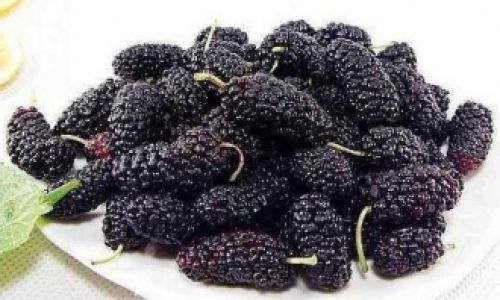
Understanding Mulberry Growth Habits
Before diving into the pruning techniques, it’s essential to understand the growth habits of mulberry trees. Mulberries are generally fast-growing and can reach considerable heights, depending on the species and cultivation practices. They typically produce shoots from both the main trunk and lateral branches, with new growth emerging annually from buds located along the stems.
The fruiting habit of mulberries is also worth noting. Flowers, which are unisexual and found on separate trees (dioecious), develop into berries that ripen throughout the growing season. The fruit clusters, known as drupes, attach directly to the branches and require ample sunlight and air circulation to mature properly.
Importance of Pruning
Pruning mulberry trees serves multiple purposes:
-
Stimulating Fruit Production: By removing old, weak, or non-fruiting branches, pruning encourages the plant to allocate its energy towards new, vigorous growth that is more likely to produce fruit.
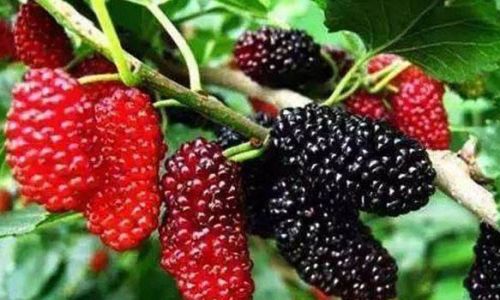
-
Maintaining Plant Health: Pruning helps control pests and diseases by removing infected or damaged parts of the plant. It also improves air circulation and sunlight penetration, reducing the risk of fungal infections and other pathogens.
-
Managing Plant Size and Shape: Regular pruning keeps mulberry trees within manageable dimensions, making them easier to harvest and care for. It also allows for a more aesthetically pleasing shape, enhancing the plant’s ornamental value.
-
Promoting Structural Integrity: By removing weak or crossing branches, pruning strengthens the plant’s structure, reducing the risk of breakage during storms or heavy fruit loads.
Timing of Pruning
The timing of mulberry pruning is crucial and varies depending on the region and specific goals. Generally, mulberry trees can be pruned at two main times:
-
Winter Pruning: Conducted during the dormant season, winter pruning involves heavy pruning to reshape the tree and remove unwanted branches. This is the best time for structural pruning as the plant is not actively growing, and wounds heal more quickly.
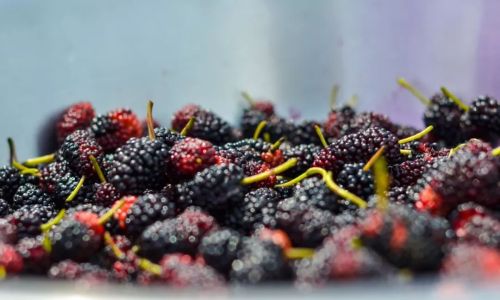
-
Summer Pruning: Light pruning during the growing season can be beneficial for controlling the plant’s size and promoting better air circulation and sunlight exposure. Summer pruning should be limited to removing damaged or disease-infected branches to avoid stressing the plant.
Tools for Pruning
The right tools make all the difference in effective and efficient mulberry pruning. Essential tools include:
- Pruning Shears: Suitable for small branches up to about half an inch in diameter.
- Loppers: Used for cutting branches that are too thick for pruning shears but not yet too large for a hand saw.
- Pruning Saw: Necessary for larger branches and trunks.
- Hand Gloves: To protect your hands from sharp tools and potential injuries.
- Pruning Sealant: Optional but useful for sealing wounds to prevent disease entry.
Pruning Techniques
Mulberry pruning involves a combination of techniques tailored to the plant’s age, size, and specific needs. Here are the key steps and considerations:
-
Initial Training (Young Trees):
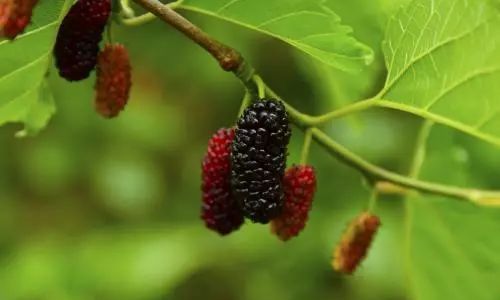
- Central Leader Method: For trees intended to grow as a single trunk with a central leader, prune lower branches to encourage upward growth. Select the strongest, most upright shoot as the central leader and remove competing shoots.
- Open Center Method: For multi-stemmed or bush-form trees, prune to create an open center, allowing for better light penetration and air circulation. Remove crossing and inward-growing branches.
-
Structural Pruning (Mature Trees):
- Remove Dead and Diseased Branches: Cut these back to healthy tissue to prevent the spread of disease.
- Thin Out Crowded Branches: Remove some of the older, interior branches to open up the canopy, allowing more light to reach the interior of the tree.
- Head Back Overgrown Branches: Cut back long, leggy branches to encourage new, compact growth.
- Balance the Canopy: Ensure that the tree is balanced and not too heavy on one side by pruning accordingly.
-
Renewal Pruning (Older Trees):
- Cut Back to the Ground: For severely overgrown or neglected trees, consider cutting back all branches to within a few feet of the ground. This drastic pruning, known as coppicing, stimulates vigorous new growth from the base.
- Selective Removal: Alternatively, selectively remove older branches over several seasons to gradually rejuvenate the tree without causing too much stress.
-
Summer Pruning Tips:
- Pinching Back New Growth: Lightly pinch back new shoots to encourage bushier growth and more fruiting branches.
- Remove Suckers and Water Sprouts: These fast-growing shoots can weaken the plant’s structure and should be removed promptly.
Post-Pruning Care
After pruning, it’s important to take steps to ensure the mulberry tree recovers quickly and healthily:
- Watering: Provide adequate water, especially if pruning was extensive, to help the plant heal and produce new growth.
- Fertilization: Apply a balanced, organic fertilizer in the spring to support new growth and fruit development.
- Monitoring: Keep a close eye on the pruned areas for signs of disease or pest infestation. Seal wounds with pruning sealant if desired.
- Mulching: Add a layer of organic mulch around the base of the tree to conserve moisture and suppress weed growth.
Conclusion
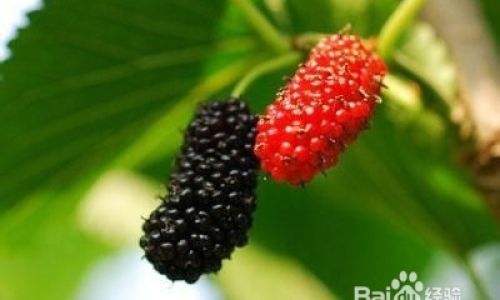
Mastering the art of mulberry pruning is a rewarding endeavor that not only enhances the aesthetic appeal of your trees but also maximizes their fruit production and overall health. By understanding the growth habits of mulberries, selecting the appropriate pruning time, using the right tools, and applying the correct techniques, you can create a thriving, productive mulberry orchard. Remember, pruning is an ongoing process that requires patience, attention to detail, and a keen eye for the plant’s needs. With time and practice, you’ll develop a pruning routine that perfectly suits your mulberry trees, ensuring they remain vigorous, healthy, and abundant for years to come.
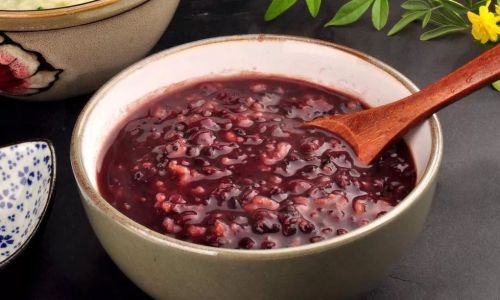
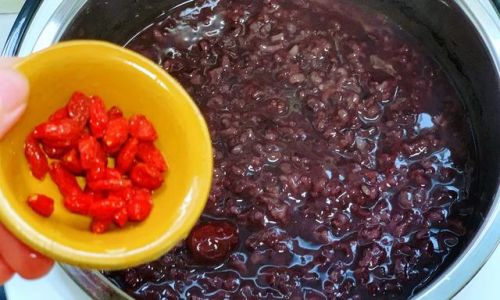
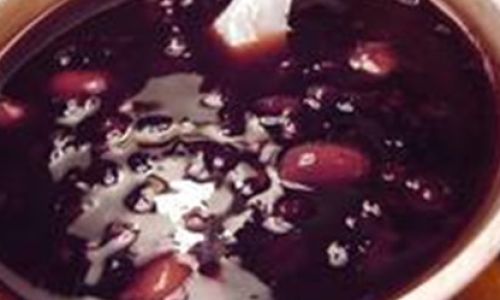



0 comments